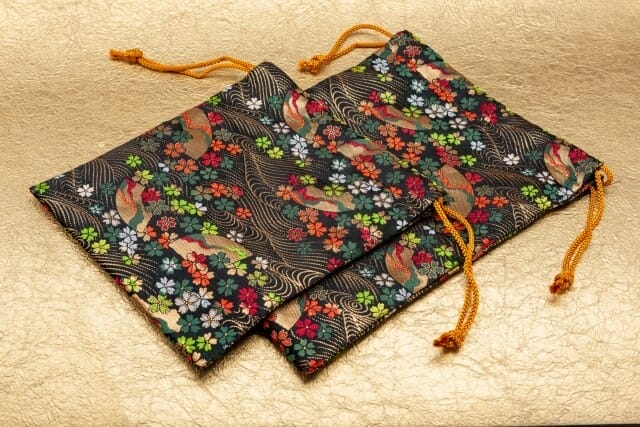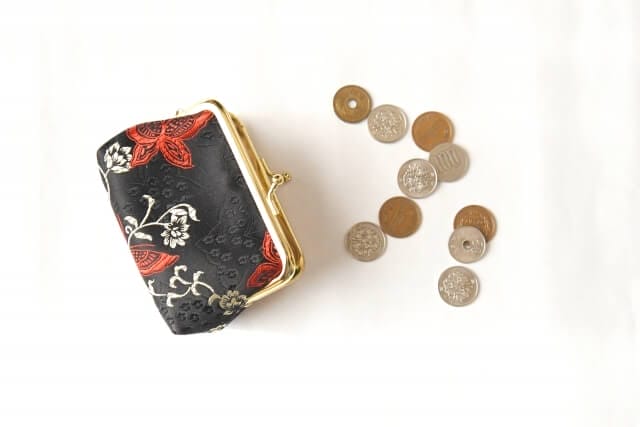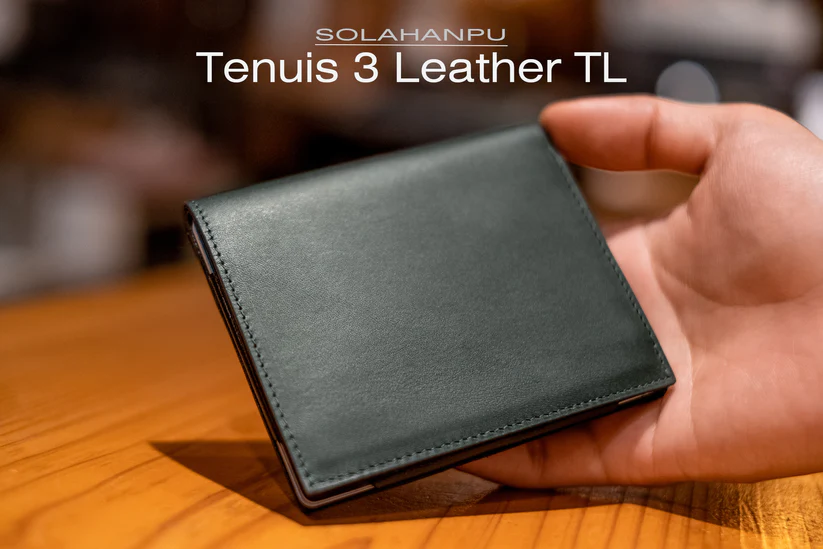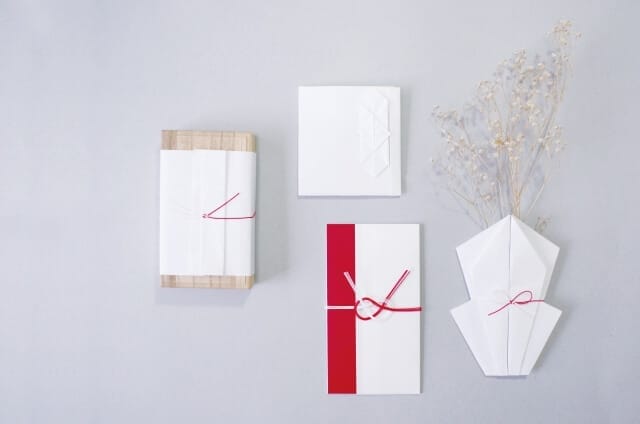Introduction
Briefly introduce the unique qualities of Japanese wallet, highlighting their blend of traditional craftsmanship and modern design. Mention the evolution of these wallets in response to cultural and material innovations.
Japanese wallet of Historical Evolution


Japanese wallets have a history intimately tied to the country’s monetary developments. During the Muromachi period, coins with holes were carried bundled with string, a practice that lasted until the Edo period. The introduction of “kinchaku” (drawstring pouches) and later, cloth “paper cases” for clan notes (“hansatsu”), marked significant steps in wallet evolution.

The Meiji period saw further changes with Western influence, introducing the “gamaguchi” wallet, inspired by European women’s bag fittings.
Craftsmanship and Materials
Japanese wallets are renowned for their exceptional craftsmanship and quality. They are often handmade by independent, family-run artisans, with a focus on quality control and innovative design. Materials like pressed cotton, which is durable and aesthetically pleasing, are commonly used. The attention to detail in these wallets is a testament to Japan’s commitment to excellence in product creation.
Japanese wallet Design and Functionality

The design of Japanese wallets, such as the ” Tenuis 3 ” , is minimalist yet functional. They are designed to stay slim and avoid bulking up, despite carrying essentials like bills, coins, and cards. Materials like goat leather and sailcloth canvas are used for their water-resistant and scratch-resistant properties, ensuring durability and a long-lasting quality. These wallets often last a decade or more without visible fading or material damage.
Cultural Integration
Japanese wallets often incorporate elements of traditional Japanese culture. For instance, the use of origami in wallet designs. Some wallets also draw inspiration from traditional Japanese practices like “Fukusa” (used in wedding celebrations) and “Origata” (for gift wrapping), reflecting the long-standing Japanese value of “compassion for the receiver”.
Fukusa

Fukusa” is a traditional Japanese cloth used primarily for wrapping gifts, symbolizing respect and thoughtfulness towards the recipient.
Made from luxurious fabrics, often embellished with silk and gold threads, fukusa plays a significant role in Japan’s gift-giving culture.
Commonly used in weddings and other special occasions, it reflects Japan’s meticulous aesthetic sensibility and the thoughtful nature of its gifting practices. This beautiful tradition showcases the elegance and care inherent in Japanese culture.
Origata

“Origata” is a traditional Japanese art of gift wrapping, where the presentation and aesthetics of the wrapping are as significant as the gift itself.
It’s a practice deeply rooted in Japanese etiquette, emphasizing minimalism, beauty, and respect. In origata, the paper is folded meticulously, often without the use of scissors or tape, resulting in elegant and intricate designs.
This art form is not only a method of wrapping but also a way of expressing thoughtfulness and intention. Origata symbolizes the care and attention given to the recipient, making the act of giving as meaningful as the gift.
Conclusion
Summarize the unique appeal of Japanese wallets, emphasizing their blend of traditional craftsmanship, innovative design, cultural heritage, and practical functionality. Suggest these wallets not just as fashion accessories but as items of cultural significance and craftsmanship marvels.
